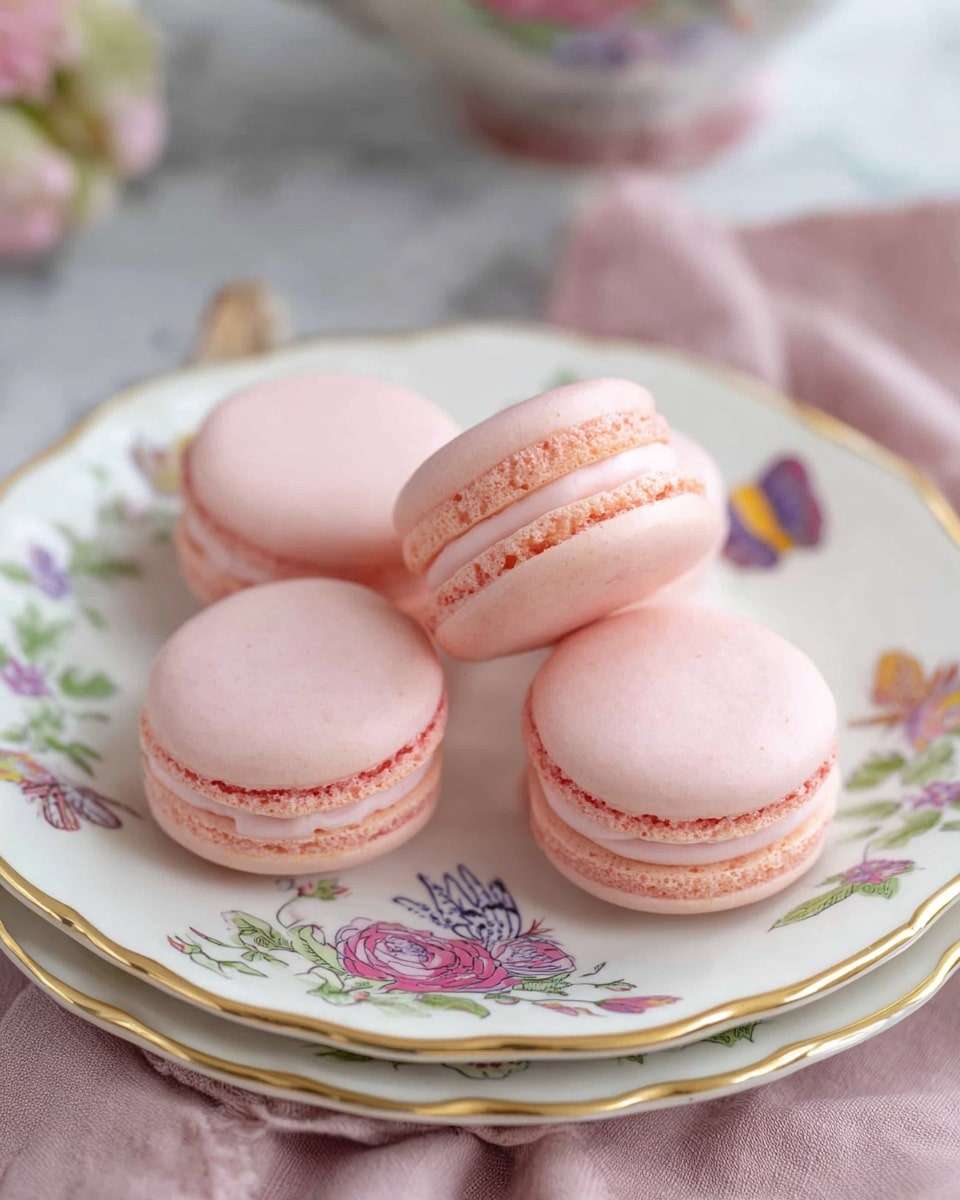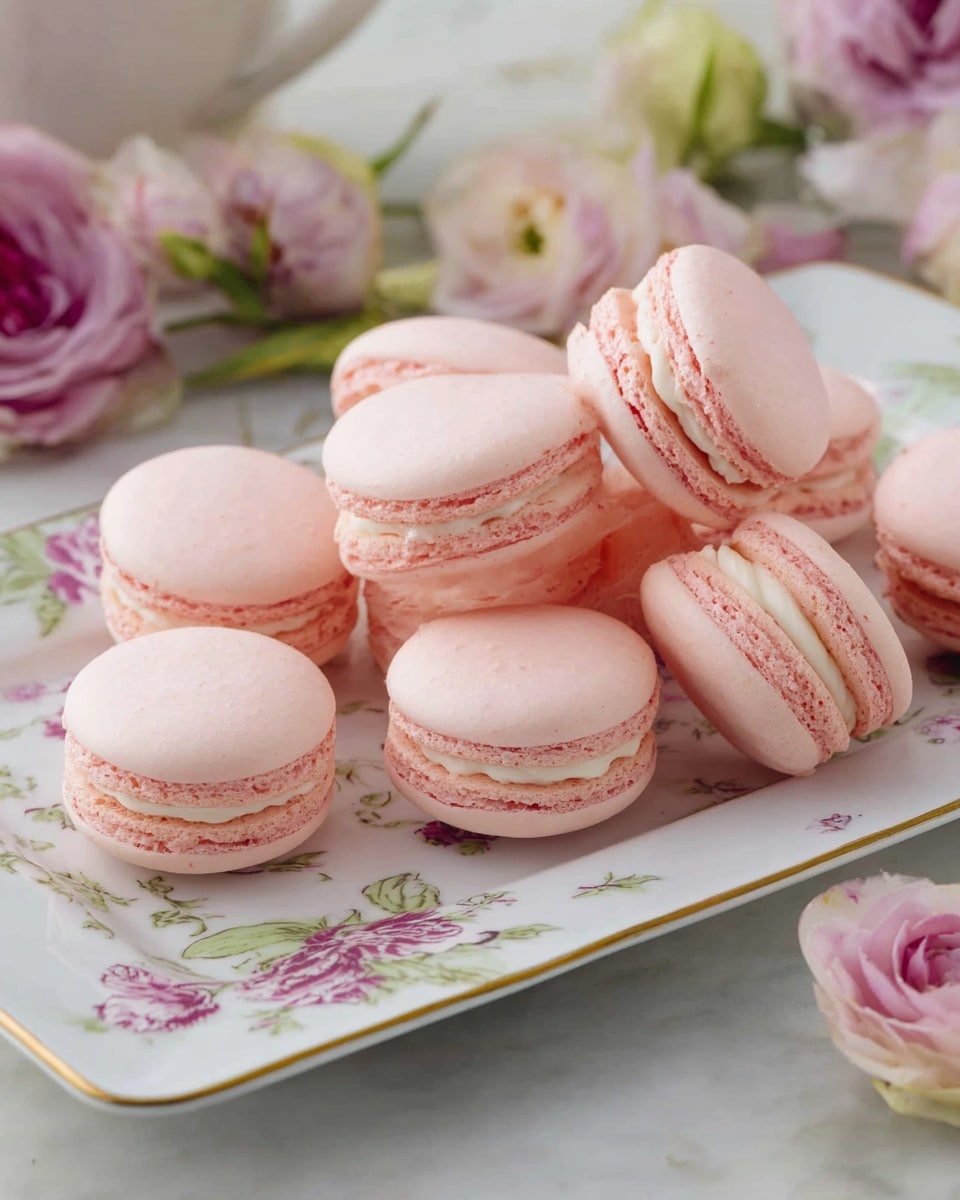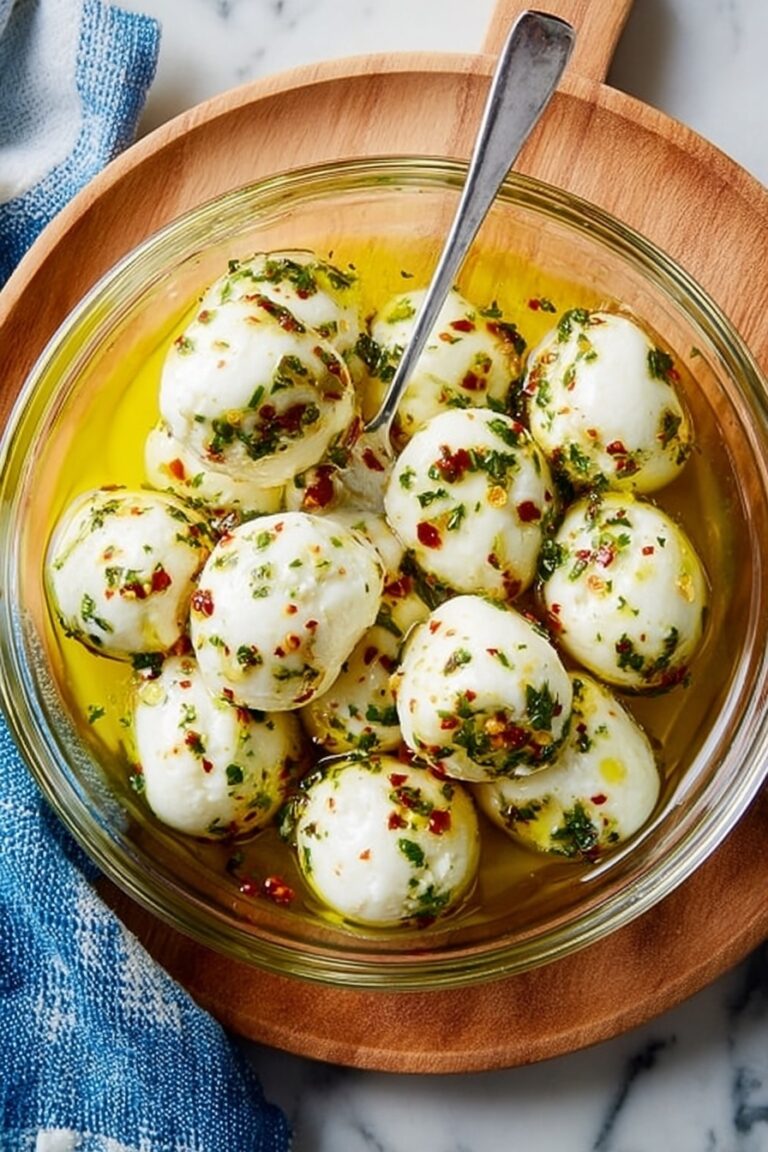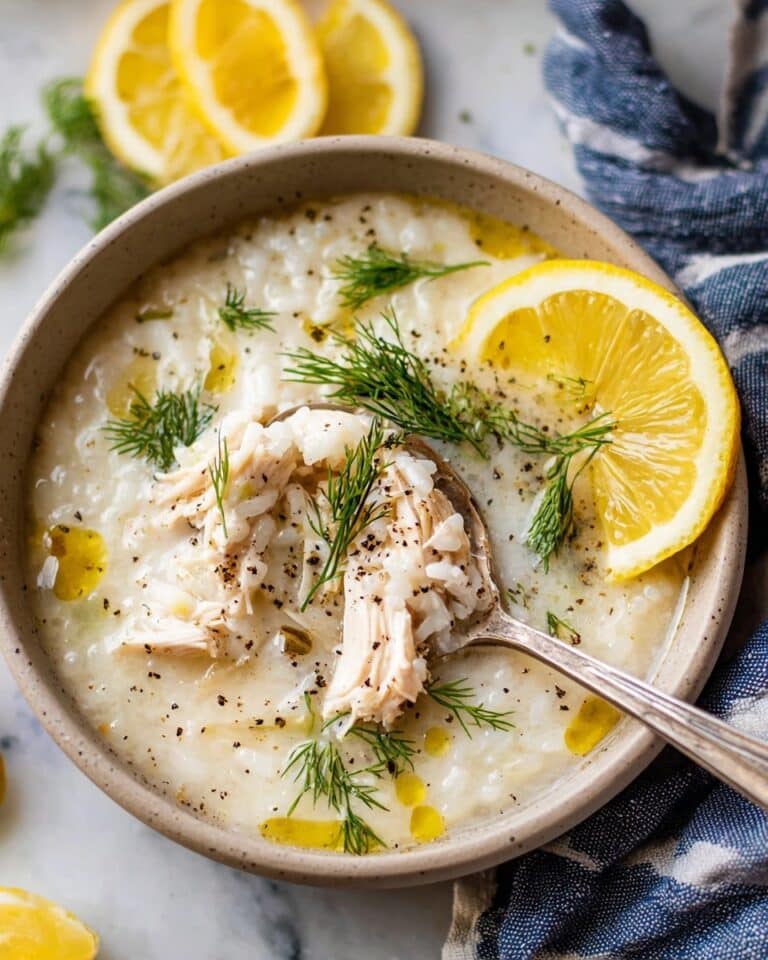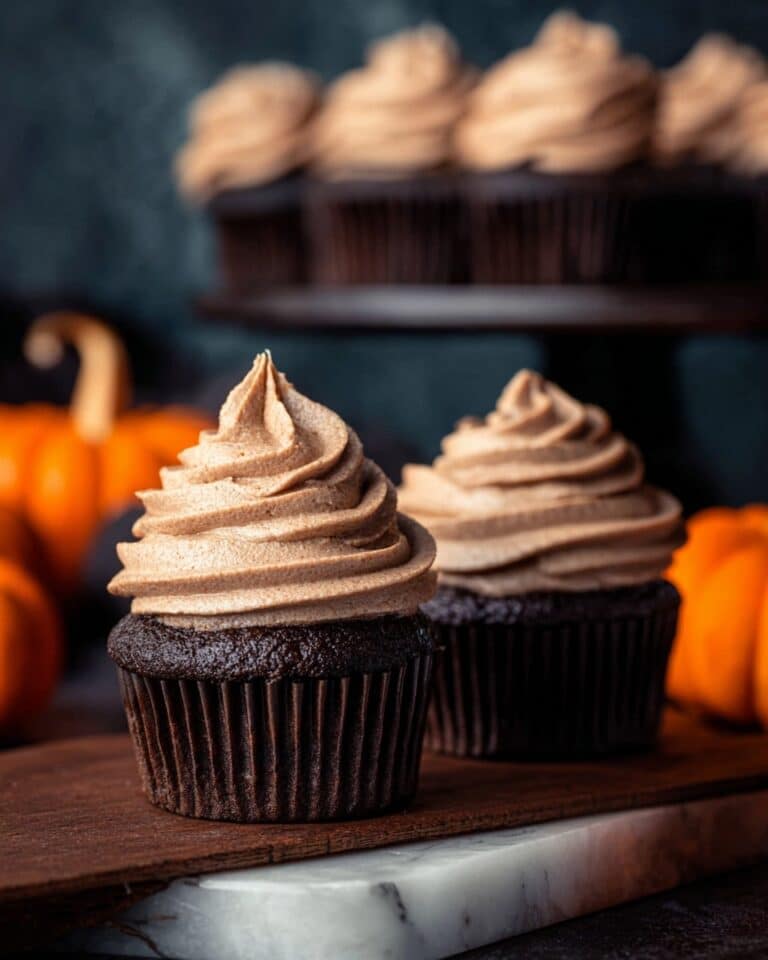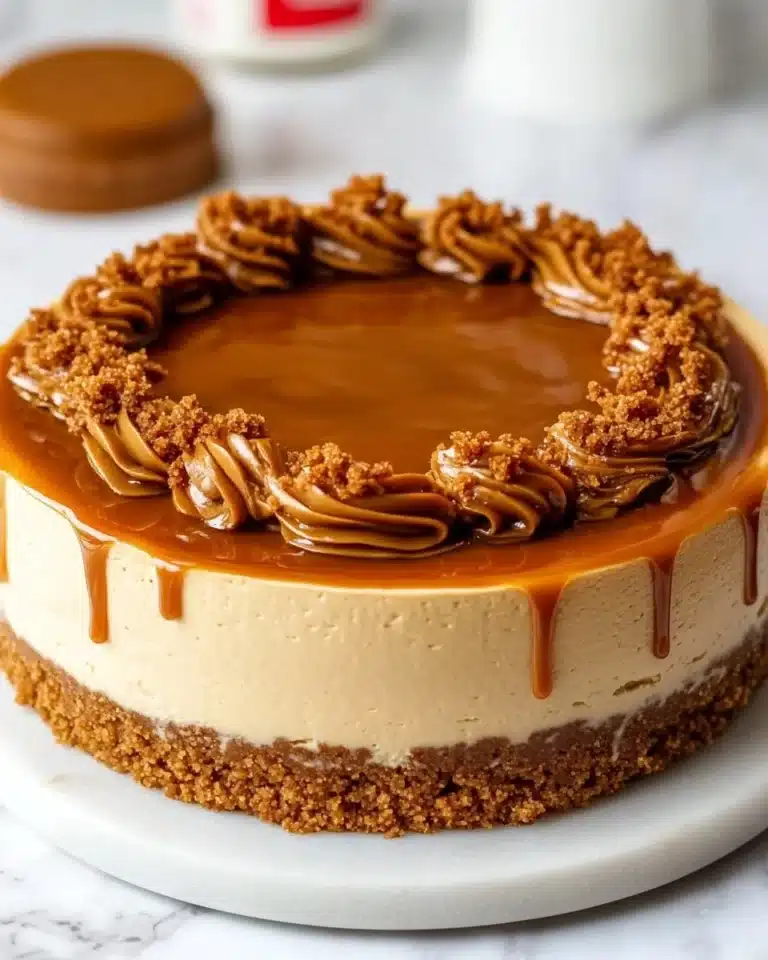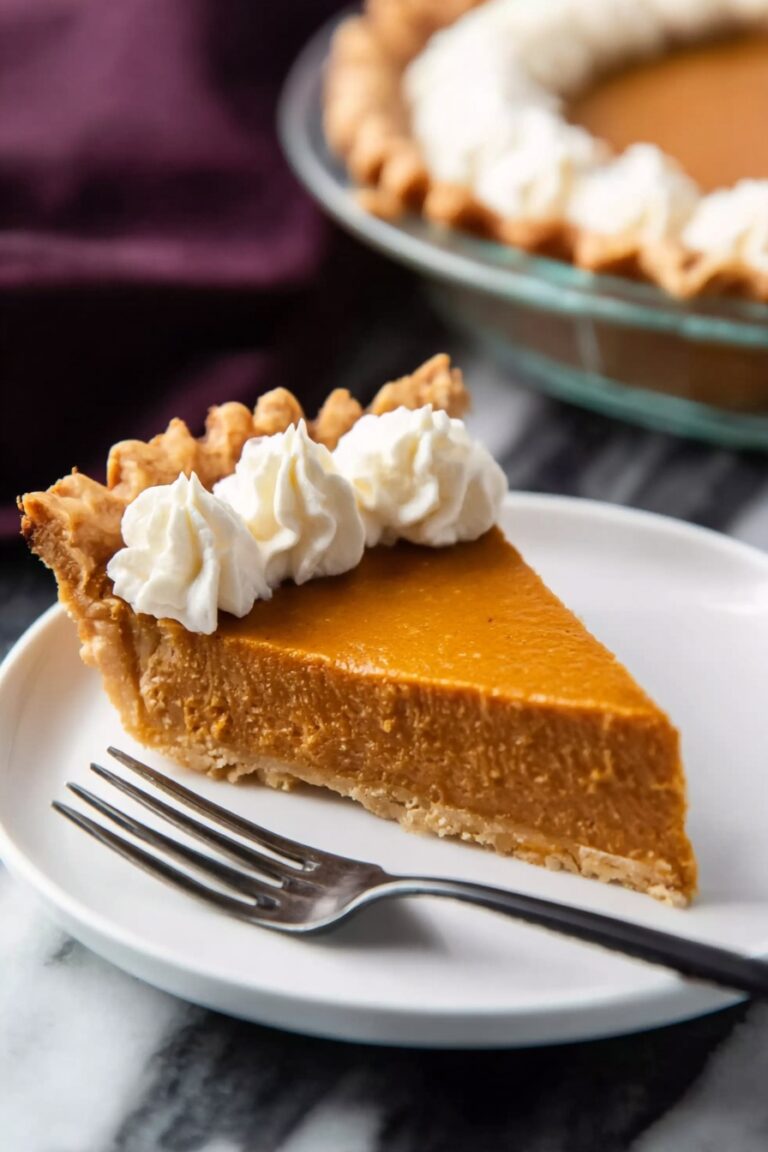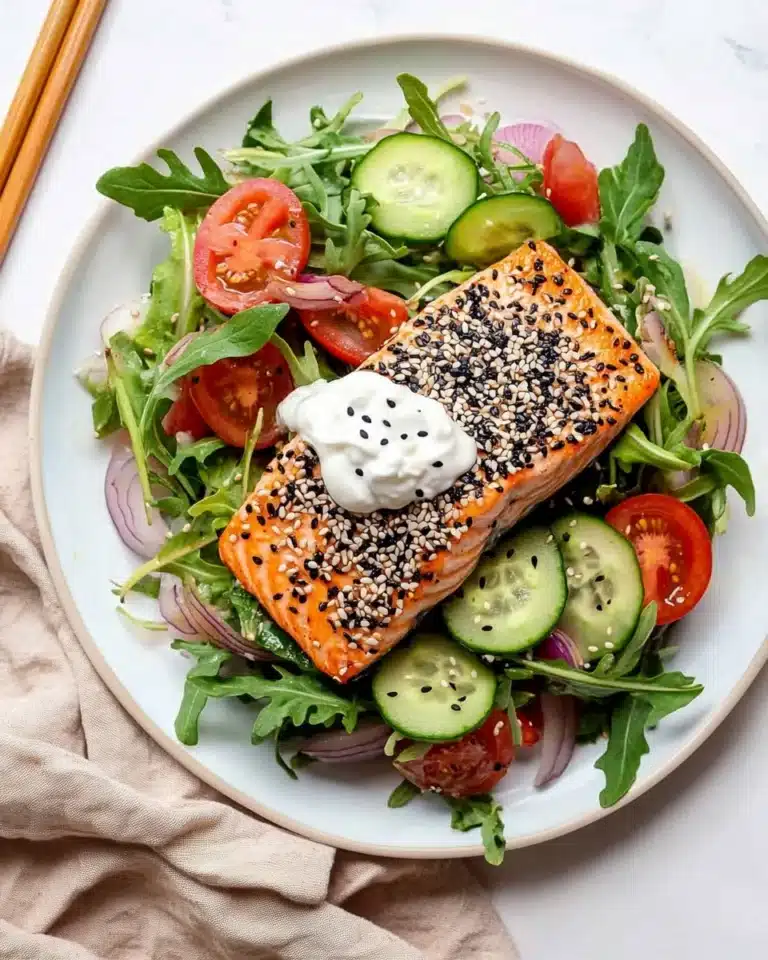I absolutely love how these Elegant French Macarons with Classic Buttercream Filling Recipe turn out every single time. There’s something magical about the delicate almond cookie shells paired with a luscious, silky buttercream that simply melts in your mouth. Whether you’re preparing for a special celebration or just want to treat yourself (and who could complain about that?), these macarons bring a bit of Parisian charm right into your kitchen.
When I first tried this recipe, I was amazed at how approachable it felt despite the elegant end result. You’ll find that with a bit of patience and the right technique, these Elegant French Macarons with Classic Buttercream Filling Recipe become a rewarding project that impresses guests and satisfies any sweet tooth. Plus, the classic buttercream filling adds just the right creamy touch without overpowering those crisp, chewy shells.
Why You’ll Love This Recipe
- Refined yet approachable: This recipe breaks down classic French macaron making into easy steps for home bakers.
- Perfect balance of textures: The crisp shells with soft, creamy buttercream make every bite unforgettable.
- Great for gifting and entertaining: These elegant macarons always impress at parties or as thoughtful homemade gifts.
- Customizable flavors and colors: You can easily tweak the buttercream or add color to suit any occasion.
Ingredients You’ll Need
These ingredients work beautifully together to create that iconic macaron shell with a rich, silky buttercream center. Be sure to get quality almond flour and fresh eggs for the best texture.
- Egg whites: For the meringue base; room temperature whites whip better and yield more volume.
- Almond flour: Use finely ground, blanched almond flour for smooth shells without grittiness.
- Granulated sugar: One for the meringue and some for the syrup—important for structure and sweetness balance.
- Powdered sugar: Sifted with almond flour to create that delicate, smooth cookie surface.
- Vanilla extract: Adds a gentle warmth, but feel free to swap for other extracts if you prefer.
- Cream of tartar: Helps stabilize the egg whites, making the meringue stiff and glossy.
- Unsalted butter: Softened for creamy buttercream without extra salt interfering.
- Egg yolks: Used in the French buttercream to add richness and silkiness.
- Water: Creates the sugar syrup needed for the buttercream’s texture.
- Salt: Just a pinch to balance sweetness in the buttercream.
Variations
I love how versatile this Elegant French Macarons with Classic Buttercream Filling Recipe is—you can easily swap flavors and colors to match your mood or the season. It’s fun to make it your own and experiment with fillings beyond classic vanilla too!
- Chocolate Buttercream: I once swapped out the vanilla for melted dark chocolate in the buttercream—it was a big hit with my family for dessert night.
- Fruit-Flavored Macarons: Adding a few drops of raspberry or lemon extract gives a bright twist that pairs wonderfully with a white buttercream base.
- Nut-Free Option: Try using a finely ground oat flour mix instead of almond flour if you’re allergic, but know the texture will be slightly different.
- Colorful Macarons: I like to add gel food coloring after whipping the egg whites to soft peaks—this prevents the meringue from deflating.
How to Make Elegant French Macarons with Classic Buttercream Filling Recipe
Step 1: Prepare Your Dry Ingredients
Start by sifting the powdered sugar and almond flour together. I discovered that this step is crucial; it helps eliminate any lumps and prevents rough macaron surfaces. To get the smoothest shells, sift twice and pulse through a food processor, discarding any larger bits that won’t pass through. Trust me, this makes the difference between glossy shells and bumpy ones.
Step 2: Whip the Meringue
Place your room temperature egg whites in a spotless bowl—any grease can stop the whites from whipping properly. Begin beating on medium speed until foamy, then add cream of tartar to stabilize. Slowly sprinkle in the granulated sugar as you continue to whip. This is where patience pays off: keep beating until stiff, marshmallowy peaks form and the meringue clings to the whisk fully. You’ll know you’re close when the whisk starts getting coated thickly—this is the secret to that perfect macaron lift.
Step 3: Combine and Fold Batter
Fold in one-third of your sifted dry ingredients gently to avoid deflating the meringue. This is the trickiest part—use a spatula to fold and press the mixture against the bowl sides while turning, folding slowly. The goal is a “lava-like” batter that flows off your spatula in ribbons and can form a figure-eight shape without breaking. Overmixing will lead to flat macarons; undermixing means lumpy shells. This stage took me a while to perfect, but visualizing the batter consistency helped me nail it every time.
Step 4: Pipe Your Macarons
Transfer your batter to a piping bag fitted with a medium round tip. Pipe uniform one-inch circles onto parchment paper-lined baking sheets—glue the parchment down with a few dabs of batter first to avoid slipping. Give the tray a few sharp taps on the counter to release air bubbles—this simple step reduces cracking. Then, let them sit at room temperature for about 40 minutes until a dry “skin” forms on top. This resting time is a game-changer for smooth shells and prevents the macarons from cracking in the oven.
Step 5: Baking and Cooling
Bake at 300°F for 12 to 15 minutes, rotating the tray halfway through so your macarons cook evenly. The feet should develop nicely without browning too much. Once baked, allow them to cool fully on the tray before removing to avoid cracking or sticking. This cooling phase also helps the shells to set perfectly crisp on the outside while staying tender inside.
Step 6: Make the French Buttercream Filling
While the shells cool, you can prepare the decadent classic buttercream. Combine sugar and water in a small saucepan, stirring over low heat until sugar dissolves; then bring to a boil. Meanwhile, whisk your egg yolks in a mixer until thick and foamy. When your sugar syrup reaches 240°F (soft ball stage), remove from heat and slowly drizzle it into the yolks while mixing continuously. This creates a thick, stable base before the butter goes in.
Next, add softened butter cubes one by one, mixing well after each addition. The mixture transforms into a rich, creamy buttercream after about 5 to 6 minutes of beating. Finally, mix in vanilla and a pinch of salt for balance. If you want to play with colors here, now’s the time to add gel food coloring.
Step 7: Assemble Your Elegant French Macarons with Classic Buttercream Filling Recipe
Pipe a dollop of buttercream onto the back of one macaron shell, then gently sandwich it with another shell. Be sure not to overfill; you want that perfect bite where filling and shell complement each other. The best part? These macarons truly shine after aging in the fridge for 1 to 3 days—the buttercream softens the shells inside for a flawless texture and flavor harmony.
Pro Tips for Making Elegant French Macarons with Classic Buttercream Filling Recipe
- Get the Meringue Perfectly Stiff: Whip the egg whites a little longer than you think necessary for that marshmallowy peak—it’ll carry the almond flour better and give you strong feet.
- Sift Ingredients Multiple Times: I learned the hard way that skipping this step leads to cracked shells, so I never skip it now!
- Master the Fold: Fold gently but thoroughly—the batter should flow like lava, slow enough to form a figure 8 without breaking. Too thick or thin ruins the texture.
- Rest Your Piped Macarons: Always let them sit until a skin forms before baking—that’s what prevents cracking and helps feet develop.
How to Serve Elegant French Macarons with Classic Buttercream Filling Recipe
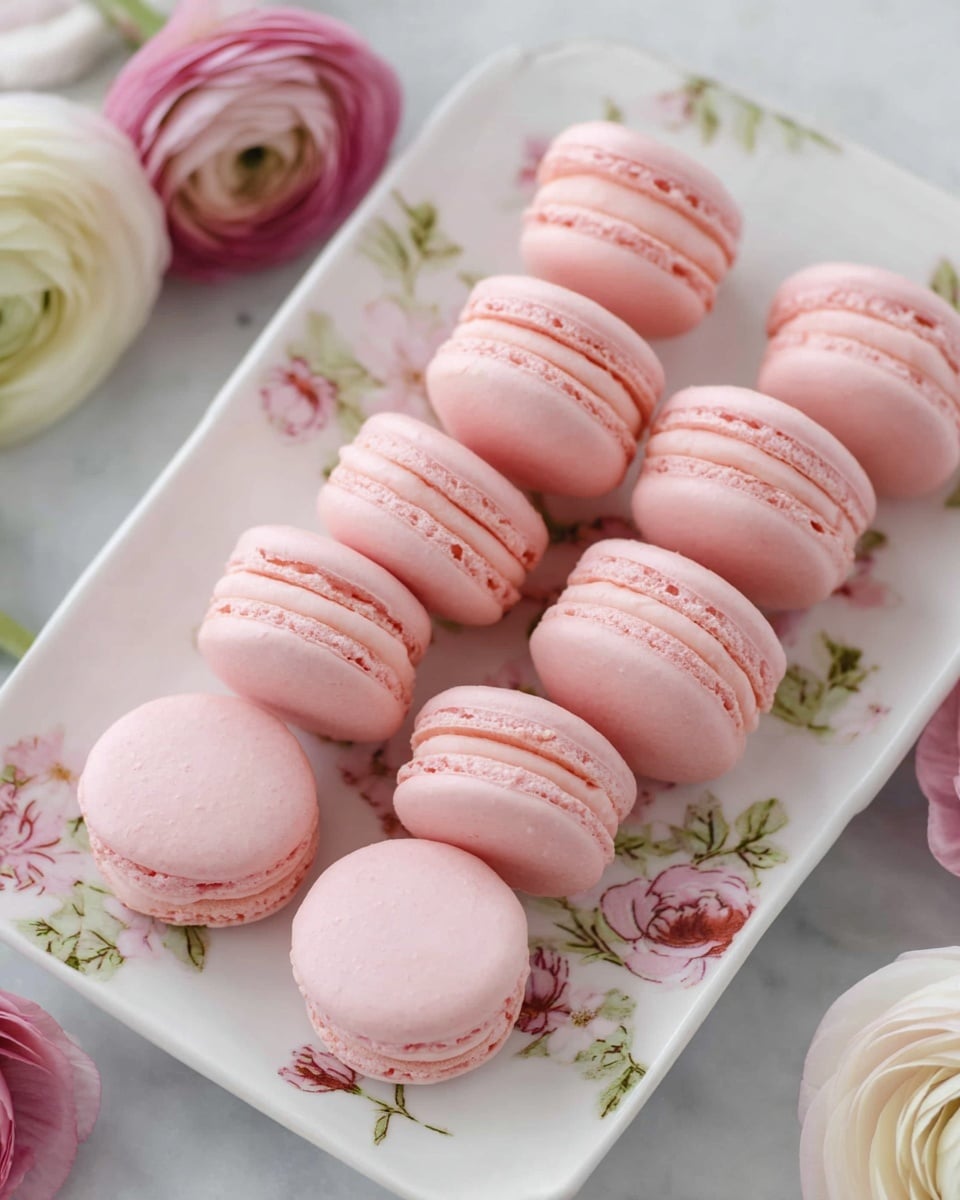
Garnishes
I love dusting my macarons lightly with edible pearl dust or adding a tiny fresh raspberry on top of each. It adds a touch of glam without overpowering the delicate flavors. Sometimes I sprinkle a few edible rose petals around the serving plate for a romantic vibe, especially for special occasions.
Side Dishes
These macarons pair beautifully with a hot cup of Earl Grey tea or a rich espresso. I’ve also served them alongside fresh fruit tarts or light lemon sorbet for dessert buffets—the contrast in textures and flavors really wows guests.
Creative Ways to Present
For birthdays and showers, I like arranging macarons into a pastel ombré tower or placing them in delicate lace-patterned paper boxes tied with satin ribbons. I once used a glass dome to showcase them, creating an elegant centerpiece that doubled as a conversation starter!
Make Ahead and Storage
Storing Leftovers
I keep leftover macarons in an airtight container in the fridge—they stay fresh for up to a week. I’ve noticed the texture actually improves as the shells soften slightly, melding better with the buttercream.
Freezing
To freeze, place assembled macarons in a single layer on a tray, freeze until firm, then transfer to a sealed container. This way, I pull them out for last-minute parties and thaw overnight in the fridge without losing their charm.
Reheating
I usually serve macarons chilled, but if you’d like to soften them up, let them rest at room temperature for 10-15 minutes before enjoying. Avoid microwaving, as it can ruin the texture. A gentle warming approach keeps that melt-in-your-mouth feel intact.
FAQs
-
Can I use powdered egg whites instead of fresh egg whites for the macarons?
Yes, you can substitute powdered egg whites, but it’s best to rehydrate them according to the package instructions before whipping. Fresh egg whites tend to whip easier and give you better volume for macarons, but powdered can be convenient if handled carefully.
-
Why are my macaron shells cracking?
Cracking usually happens when the shells don’t rest long enough before baking or the oven temperature is too high. Make sure you let the piped macarons sit until a dry skin forms—about 40 minutes—and bake at a steady 300°F to avoid rapid expansion and cracking.
-
How do I know when the buttercream is the right consistency?
The buttercream should be smooth, creamy, and spreadable without being runny. After adding all the butter cubes, keep mixing until it looks soft but holds its shape—about 5 to 6 minutes. If it’s too soft, chill briefly and whip again before assembling.
-
Is it necessary to age macarons before eating?
Aging macarons in the fridge for 1 to 3 days is highly recommended. It allows the filling to soften the shells from inside, improving texture and flavor dramatically. Freshly assembled macarons can be a bit firm, so patience pays off!
Final Thoughts
This Elegant French Macarons with Classic Buttercream Filling Recipe has quickly become one of my favorite baking projects to share with friends and family. It’s rewarding to create something so delicate and indulgent right at home, and the smiles when someone takes that first perfect bite? Priceless. You don’t have to be a professional pastry chef to pull off these beauties; with patience and a few helpful tips, you’ll enjoy mastering a truly elegant dessert that feels like a special celebration every time.
Print
Elegant French Macarons with Classic Buttercream Filling Recipe
- Prep Time: 1 hour 15 minutes
- Cook Time: 15 minutes
- Total Time: 1 hour 30 minutes
- Yield: About 30 macarons (depending on piping size)
- Category: Dessert
- Method: Baking
- Cuisine: French
Description
This classic French Macaron recipe teaches you how to create delicate almond meringue cookies filled with smooth French buttercream. With a focus on technique, including perfectly whipped meringue, gentle folding of almond flour and sugar, and aging for optimal texture, this recipe yields light, crispy-on-the-outside, chewy-on-the-inside macarons. Ideal for special occasions or elegant treats, the macarons can also be customized with food coloring and flavored buttercream.
Ingredients
For the Cookie
- 100 g egg whites (about 3 large eggs), room temperature
- 140 g almond flour (1 1/2 cups)
- 90 g granulated sugar (just under 1/2 cup)
- 130 g powdered sugar (1 cup)
- 1 tsp vanilla extract (5 mL)
- 1/4 tsp cream of tartar (800 mg)
For the French Buttercream
- 1 cup unsalted butter, softened (226 g)
- 5 egg yolks
- 1/2 cup granulated sugar (100 g)
- 1 tsp vanilla extract
- 3 tbsp water (30 mL)
- 1 pinch salt
Instructions
- Sift Dry Ingredients: Sift the powdered sugar and almond flour together into a bowl to remove any lumps and larger almond particles for a smooth macaron surface.
- Whip Egg Whites: In a very clean bowl, whisk the room temperature egg whites with an electric mixer. When they start to foam, add cream of tartar and slowly add the granulated sugar while continuing to beat until stiff peaks form. At soft peak stage, add vanilla and food coloring if using, then proceed to stiff peaks.
- Fold Dry Ingredients: Gently fold one-third of the sifted dry mixture into the whipped egg whites using a spatula. Continue folding in the remaining dry ingredients in two additions, being careful not to deflate the meringue. The batter should have a thick lava-like consistency that flows slowly and forms a figure-eight without breaking.
- Pipe Macarons: Transfer batter to a piping bag fitted with a medium round tip. Pipe one-inch dollops onto a baking sheet lined with parchment paper (dabs of batter can be used to secure parchment). Tap the tray on the counter several times to release air bubbles.
- Rest Shells: Let the piped shells sit at room temperature for about 40 minutes to develop a dry skin for a smooth top and characteristic foot during baking.
- Bake Macarons: Preheat oven to 300°F (150°C). Bake macarons for 12-15 minutes, rotating the tray halfway through after 7 minutes. Allow to cool completely on the baking sheet before removing.
- Make French Buttercream: Combine sugar and water in a medium saucepan over low heat, stirring until dissolved. Increase heat to medium-high to bring syrup to a boil. In a stand mixer with whisk attachment, beat egg yolks until thick and foamy. When sugar syrup reaches 240°F (soft ball stage), remove from heat and slowly drizzle syrup into egg yolks while mixing continuously. Continue mixing until mixture cools to room temperature.
- Add Butter to Buttercream: Add softened butter one cube at a time, mixing thoroughly after each addition until smooth and creamy. Add vanilla and salt, then mix for 5-6 minutes more. Add food coloring if desired.
- Assemble Macarons: Pipe buttercream onto the back of half the shells and sandwich with remaining shells. Refrigerate macarons for 1-3 days to age and soften the shells for ideal texture.
Notes
- The meringue must be whipped to stiff, marshmallow-like peaks for successful macarons.
- Sift almond flour and powdered sugar multiple times to remove large particles that affect shell smoothness.
- Use a kitchen scale for ingredient accuracy, crucial for consistent results.
- Fold the batter carefully to maintain air but achieve lava-like consistency that flows in ribbons.
- Pipe macarons perpendicular to the baking sheet for uniform round shapes.
- Add food coloring to meringue at soft peak stage for even color distribution.
- Stop squeezing the piping bag at the end of each macaron and pull up with a circular motion to get a clean finish.
- Let macarons rest in the fridge for 2-3 days after assembly for best flavor and texture.
- If shells are too crisp, brushing with milk before filling softens them.
Nutrition
- Serving Size: 11 g (1 macaron shell with filling)
- Calories: 63 kcal
- Sugar: 5.2 g
- Sodium: 18 mg
- Fat: 1.9 g
- Saturated Fat: 0.7 g
- Unsaturated Fat: 1.2 g
- Trans Fat: 0 g
- Carbohydrates: 6 g
- Fiber: 0.5 g
- Protein: 0.8 g
- Cholesterol: 0.7 mg

